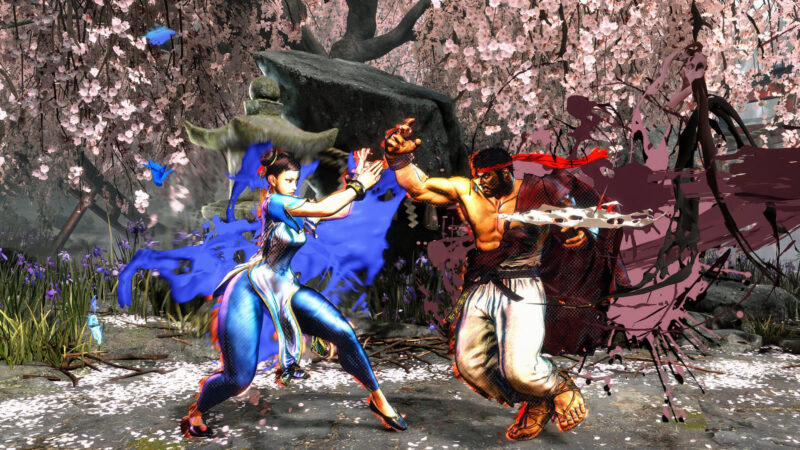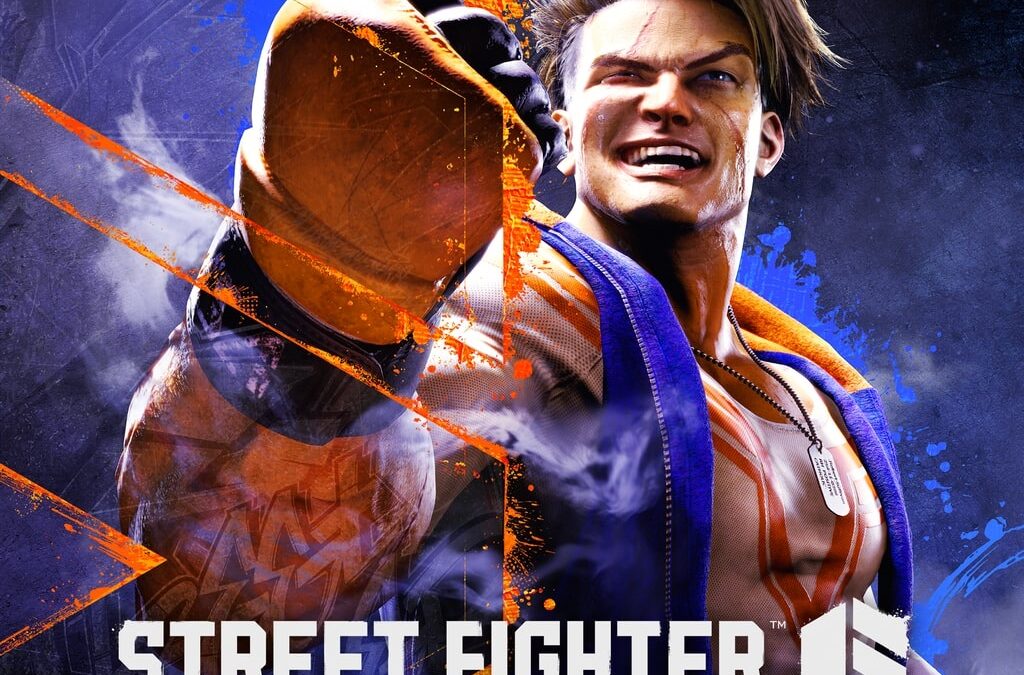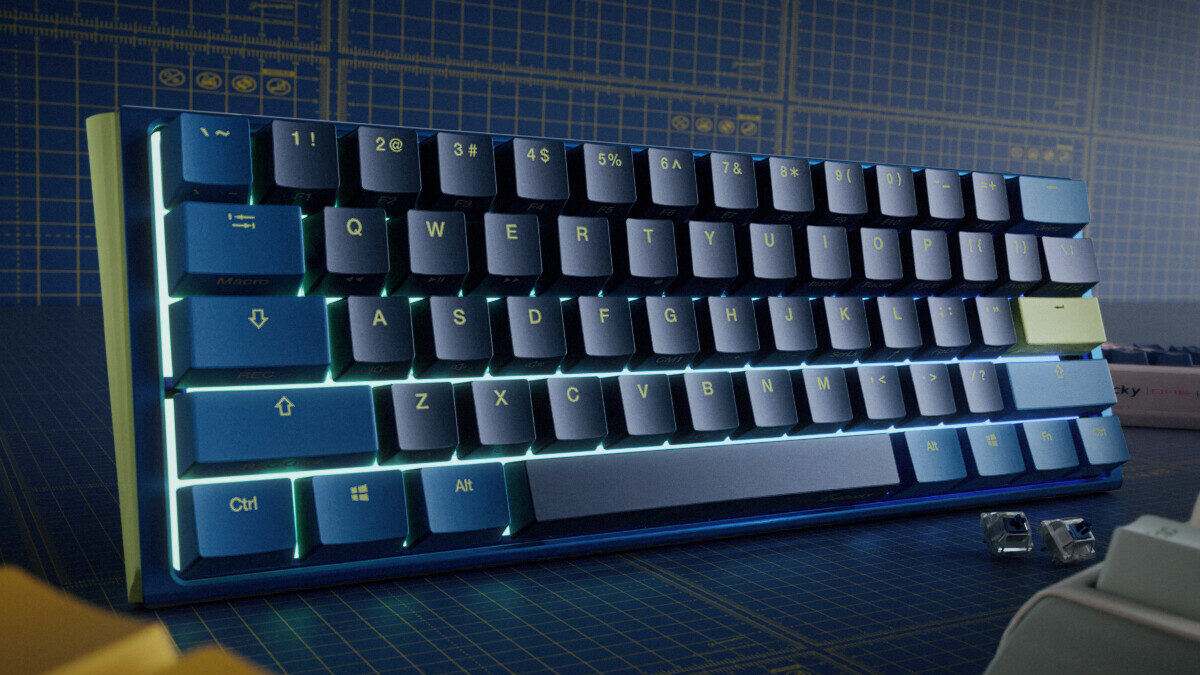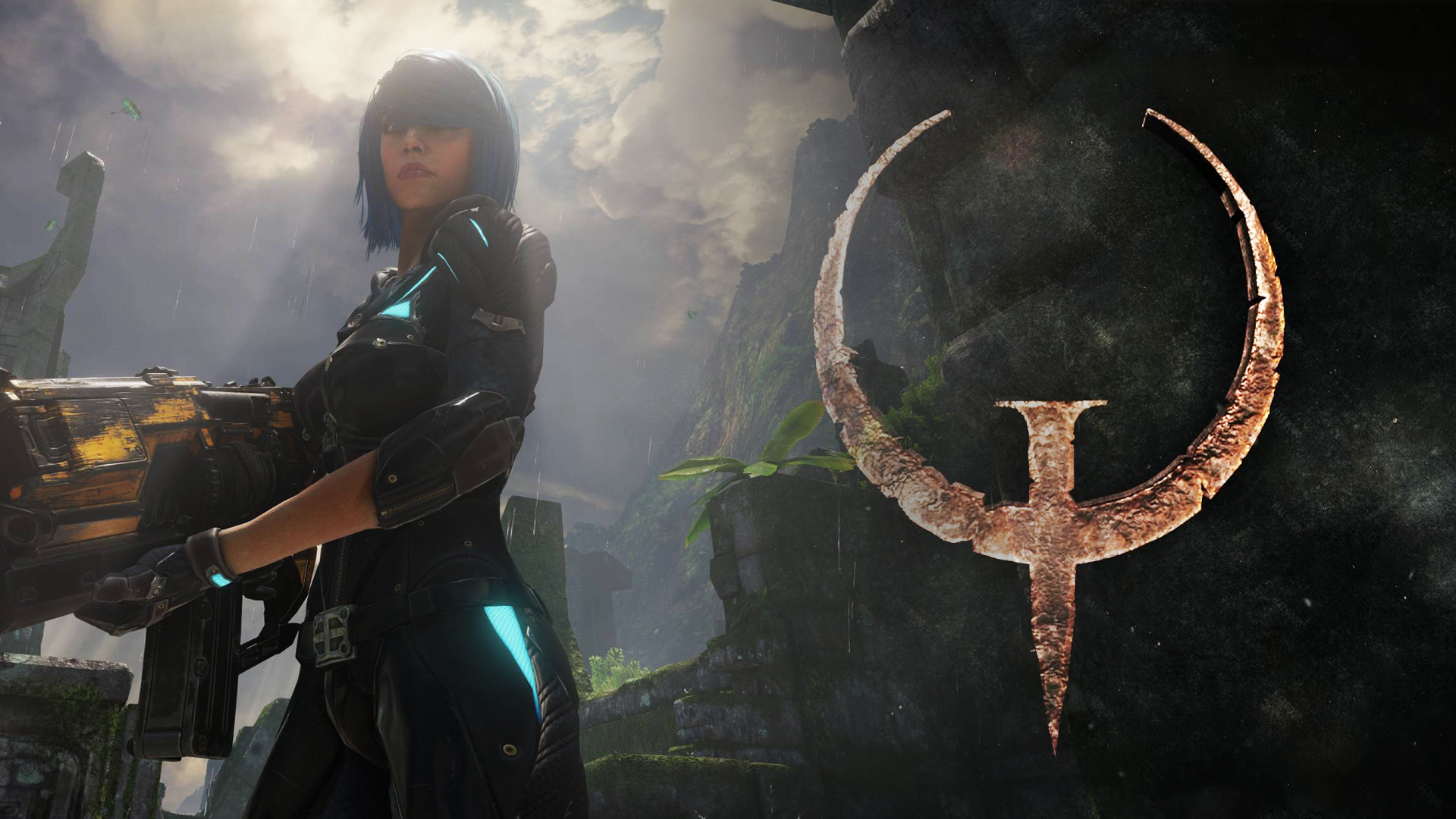Street Fighter VI (PC) Review: Old Is Gold
Developing a fighting game in today’s gaming landscape is no easy task. The bar has been raised as the audience has developed a taste for intense single-player campaigns, expecting games to offer more than just the basics. Capcom faced significant criticism for Street Fighter V, which was deemed lacking upon release. However, in its sequel, they have taken significant strides to address these concerns. Street Fighter VI is packed with content, divided into three parts: World Tour, Battle Hub, and Fighting Ground.
World Tour introduces the series’ first true story mode, employing a role-playing approach. With an impressive design tool at your disposal, you have the opportunity to create your own dream fighter. You have control over everything, from height and build to makeup and hairstyle. Throughout the game, you also encounter classic Street Fighter characters who allow you to learn their signature moves. This means you can freely mix Ryu’s fireball with Edmond Honda’s flying sumo headbutt, adding a unique twist to your gameplay experience.
Together, these elements come together in a small open world, but calling it a “World Tour” may be a bit of an exaggeration. While you do get to travel to different parts of the world, most of the locations you visit consist of minimalistic backdrops. However, in Metro City, the game’s starting point, you have some room for exploration and can search for your next brawl. And you won’t have to search for long because nearly everyone is eager to engage in a fight. On the city streets, you can challenge everyone from elderly individuals to tough gang members for a skirmish. Sometimes, it’s the opponent who initiates the first strike, and in the evenings, it becomes quite challenging to navigate through the crowded streets due to the multitude of individuals seeking confrontations.
Gameplay
In terms of gameplay mechanics, the game mode consists of a series of monotonous fetch quests that are loosely tied together by an pretty uninteresting storyline, where you are forced to fight at regular intervals. Character levels also come into play, so no matter how skilled you are, it can be challenging to take on opponents with higher levels. The overall impression is rather weak for various reasons. Despite being able to choose a voice for your avatar, the protagonist remains annoyingly silent, and most of the dialogue from other characters is conveyed through text. There is also no day-night cycle, and in order to switch from night to day, you have to run back to your apartment, which is merely a pause screen. The world itself feels rigid and lacking in dynamism. While there are some enjoyable aspects, it all feels somewhat contrived and forced.

The major gameplay innovation this time is the introduction of the Drive Gauge, a more intricate system than previous additions, where several features from the Street Fighter series now revolve around a single six-part meter. It automatically fills up when not in use or when you successfully perform counters (Drive Parry), but it depletes if you overuse certain functions or take damage. If the meter empties completely, you enter a vulnerable Burnout state, risking significant damage.
Another significant gameplay update is Capcom’s attempt to reach a new audience. Performing special attacks and understanding the mechanics has always had a higher learning curve in Street Fighter compared to, say, Tekken. As a result, there is now a control scheme called Modern, where your attacks are simplified to a single button press, and you can even spam special moves since they only require a single button press (which can be combined with tilting the analog stick) to execute. Lastly, there is the Dynamic option, where the strength of your attacks adapts depending on your position relative to your opponent. In other words, basic button mashing can yield some results. However, the Dynamic option is restricted in online play to prevent severe balance issues.
Verdict
The single-player campaign may be lackluster, but it is in multiplayer and overall gameplay where Capcom truly shines and earns its points. They deserve commendation for allowing players to use an arcade stick throughout the more open sections of World Tour and Battle Hub. In short, they deliver on what they’re supposed to do, and they do it well. Street Fighter 6 demonstrates that old is gold and that the series remains a force to be reckoned with.



